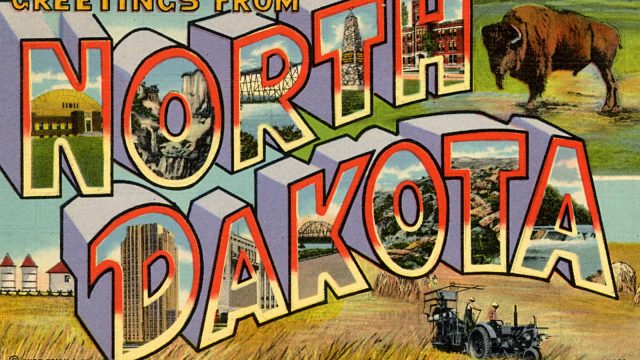David Flynn: What Would The Nation's Economy Look Like If The Nation Looked Like North Dakota?

One of the more common questions I get, from students, people at the store, on the radio, is: how would the U.S. economy would perform if it was more like North Dakota? It is a natural question given the strong performance in North Dakota and the weaker performance in the U.S. At some level this makes the comparison of growth a bit more consistent because the distribution of activity is made identical between multiple regions. In demography/population analysis (a class I am teaching this summer) the process is called standardization. It is essentially the same idea as calculating real gross domestic product with base year prices to control for the effects of price changes on growth. So lets take a look at unemployment and real GDP for the US, MN, and ND.
So the essential question we are asking here is, if the US looked more like North Dakota, wheat would he unemployment rate look like? The data we employ are age specific unemployment rates and the age distribution of the population (from 2012). So if we use the age distribution of North Dakota and the age specific distribution of unemployment for the US we find that the unemployment rate would be 9.62% instead of the reported 9.50%. Hardly a big difference. I also ran the numbers for Minnesota, and there was no appreciable change in the rate, and increase from 7.03% to 7.17%. If we distribute North Dakota’s unemployment by the age distribution of either the US or Minnesota we see small decreases in the overall unemployment rate. This was something of a surprise until you look at the following graph.
The age distribution over age 16 is remarkable similar regardless of the geography chosen. This runs counter to some of the conventional wisdom regarding the age breakdown in North Dakota compared to the rest of the country. There are important differences: a lower percentage in the 25-44 age grouping in North Dakota, and higher share for North Dakota in the 75+ category. So the conventional wisdom is not completely wrong, but it turns out to not be as big a deal. The 75 and over unemployment rate in the US is 5.8%, while in Minnesota it is 4.4%. In North Dakota the same rate is only 2.5%. So the higher share of the population in that grouping actually helps lower the overall unemployment rate.
In the area of real GDP growth we see some bigger distinctions. For the distribution I calculated the share of total GDP in each of the major NAICS categories. That information can be seen in the following graph.
North Dakota has a much larger share of GDP in agriculture(11) and mining(21) that the US as a whole or Minnesota. North Dakota has a lower share in the information(51) classification. With these types of distinctions we are likely to see larger changes. So to start we will use the US distribution and the geographic specific percentage change in real GDP. With these numbers the US percentage change in real GDP is around 1.77%. Minnesota sees an increase of around 2.29%. North Dakota takes the cake with a 6.07% increase in GDP. (There is likely some rounding error between my calculations and official BEA calculations.) Now this is not the typical way I hear this question. Usually it is asking how the US would do if it followed North Dakota’s pattern. The answer is: better, but not great. Using US percentage changes and the North Dakota GDP distribution the US overall percentage change would be 2.60%. Minnesota would be at 3.48%. North Dakota would be sitting at 9.09%. So there would be an increase for the U.S. but the percentage changes they experience in areas like agriculture and mining are not at the same level as North Dakota so it does not significantly increase their growth.
There are obvious limits to the usefulness of this from a policy perspective. Natural resource extraction and agriculture are not necessarily fixed, but it is not the case that they can be undertaken anywhere. From my perspective it is North Dakota that has an easier time making adjustments by looking at “underrepresented” sectors such as information(51) and seeing how that sector can contribute to an already booming economy. Despite these limitations this type of analysis does allow us to see just how much better the North Dakota economy is performing when we control for differences in the structure of these economies.






